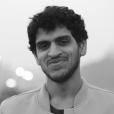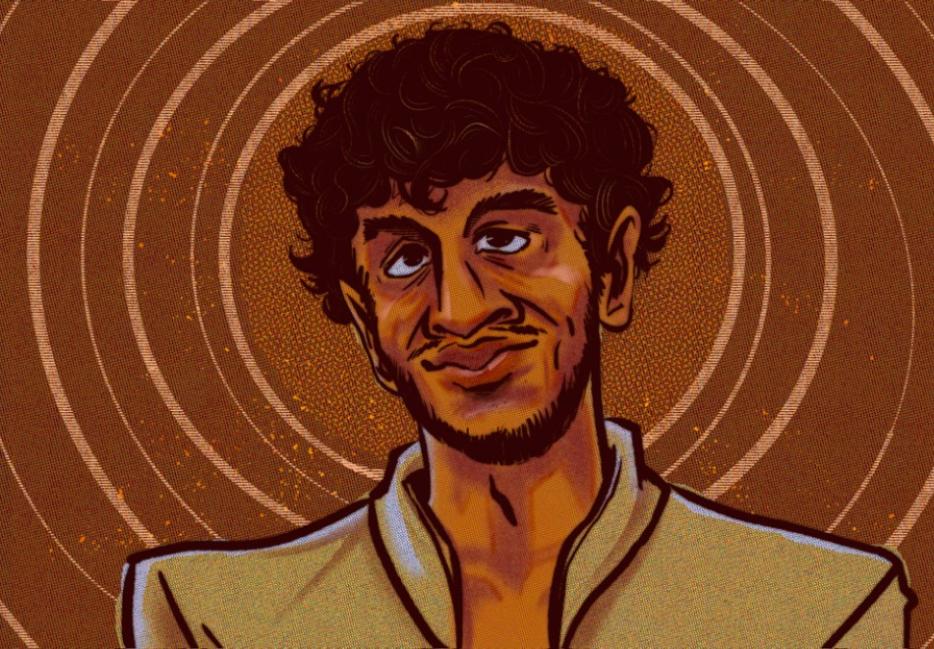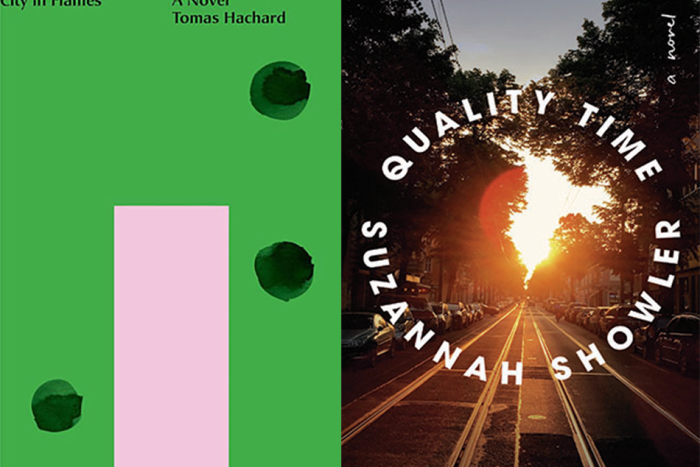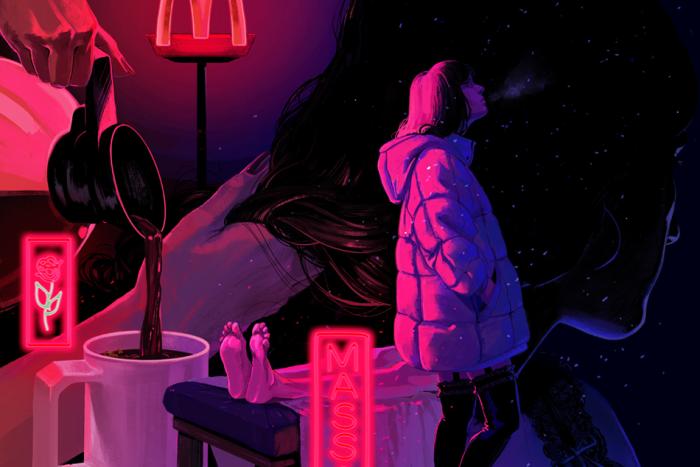Welcome to Wayward Watching, a column on the seen and unseen in film.
Last month, I accompanied my mother to a film festival in New Delhi. We hadn’t been to the movies together in years, since well before the pandemic, and so the prospect of watching two new films in a row on opening night seemed more enticing than usual. My mother was excited about the first movie, a new Bengali drama with a popular face (Prasenjit Chatterjee) as the male lead. I knew a crowd would turn up for the second one, an award-winning documentary set in the city that was reportedly also an oblique comment on India’s descent into illiberalism. Because of the age difference between the two directors, the fact that the audience for these two films would be divided along generational lines was perhaps to be expected. And indeed, a group of crusty Bengali uncles near one aisle could just about get up from their seats after the opening film when queues of graduate students and young activists, with their neon blue hair and mod-ish glasses, started packing into the auditorium. What I didn’t anticipate was that these two consecutive screenings would inadvertently tell a larger story about indie cinema in our time, about the fuzzy grey space these days between art and content.
The Bengali movie was austerely free of gimmicks. Chatterjee, a box-office favourite, was stripped of all his charm and cast as a whiny old writer and alcoholic who routinely pisses his pants. His actress wife was murdered in a park decades ago and he hasn’t written a word since. Tired of waiting for a tell-all memoir that he’d promised them long ago, his publishers recruit a debt collection agent to recover their advance. The agent—working-class, approaching thirty, and reeling under a couple of loans himself—quickly learns an axiomatic truth: no writer ever holds on to their advance. He reckons he has a better chance getting the writer to turn in the manuscript.
The plot had something wholesome and immersive about it, reminiscent of nineteenth-century realist novels. The movie’s central insight—the fact that we’re all paying back our debts one way or another—didn’t feel like a glossy comment on the age of late capitalism. The camera never once zoomed or swiveled in surprise: the director seemed content to tell an absorbing story with strong characters and poignant ironies. At the post-screening a middle-aged woman stood up and thanked the director for steering away from swashbuckling visuals. “After a long time I feel I’ve not wasted my Sunday evening,” she said. “You’ve made something that feels so real, so meaningful.”
The makers of the documentary, on the other hand, clearly wanted you to know they had used superior equipment. The story revolved around two brothers who spend their days attending to the city’s wounded raptors, although the long flashy pans and tracking shots of rats, bugs, lizards, tortoises, and pigs, coupled with a euphoric background score, were straight out of Animal Planet. You could argue that these apocalyptic images reveal the city’s fraying social and ecological bonds, the certainty of the climate crisis, the wreckage of the Anthropocene—except that the film felt so inert. For one, there was the voiceover, purportedly by one of the brothers, stitching together multiple lens-flare-inflected shots: the musings of a child moonlighting as an adult. One could almost imagine the director coaxing the brothers to say something pat: “When kites eat meat, you feel like they are eating away your difficulties”; or “Human beings often forget they are also pieces of meat.” The enormity of the brothers’ daily struggles on the job was undercut by the decision to present their insights as twee homilies.
Then there was Salik, an assistant at the brothers’ bird clinic, easily the most entrancing character in the documentary. The first time you see him onscreen, his glasses are snatched away mid-interview by a kite in flight. Later, in an unforgettable moment, we see him talking to his mother on the phone about the anti-Muslim riots that broke out in Delhi in 2020. He assures her that he is alright, and after the troubling conversation, conjures up a squirrel from his shirt pocket and starts stroking its tail. We are told that the brothers’ devotion to birds was inspired by their late mother, who apparently taught them to value all forms of life, but what compels their baby-faced assistant to show up every morning at the clinic with multiple cartons stuffed with wounded hawks and kites from all over the city? I thought it was criminal on the filmmakers’ part to overlook Salik’s background and impulses, reducing him to a mere comic presence.
The documentary was just about redeemed by its visual flair. But that doesn’t count for much at a time when technology can render any image or camera angle aesthetically pleasing. Beauty and style are too easy to achieve in 4K resolution, and perhaps for that reason, seldom achieved at all. Years ago, I remember sneaking into an empty classroom during summer break and watching Ron Fricke’s Samsara with a girlfriend—back when you still asked around for a projector to see something shot on 70 mm. Lately, on insomniac nights, I chance upon similar time-lapse sequences on TV, except they are usually ads, and then I quickly switch channels.
“The documentary failed to connect,” my mother declared at breakfast the next morning. She might as well have been recalling the epigraph to E.M. Forster’s 1910 novel, Howard’s End: “Only connect!” I reminded her that the director had introduced himself as a “film scholar” after the screening. “He has studied films, perhaps not much else. The first one,” she said, referring to the lonely-looking director of the Bengali movie, “he struck me as a student of life.”
I ignored the implicit jibe at my college degree in film and thought back to the respective post-screening discussions of the two movies. The director and producer of the documentary, both in their mid-thirties, walked into strident rounds of applause and spoke like glib veterans of the festival circuit. They knew when to name-drop their executive producers at HBO, when to nudge the attention of potential reviewers and critics to an underlying theme. At one point, when an audience question addressed to the brothers from the bird clinic (who were also present) revealed that the documentary had misrepresented a crucial aspect of their story, the director smartly distracted us with a long account of how hard he had worked to “figure out a rhythm” while editing the film.
In contrast, the Bengali filmmaker appeared uncomfortable on the podium. No one else from the cast or crew had turned up and he struggled to explain the intuitive logic of multiple scenes. He seemed somewhat embarrassed when the woman in the audience credited him for a Sunday evening spent well. And yet the sincerity of her reaction stayed with me longer than the standing ovation for the documentary.






